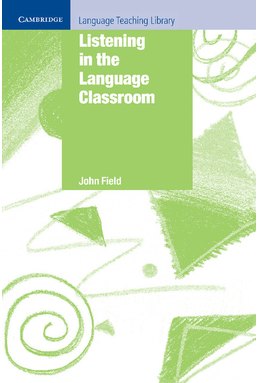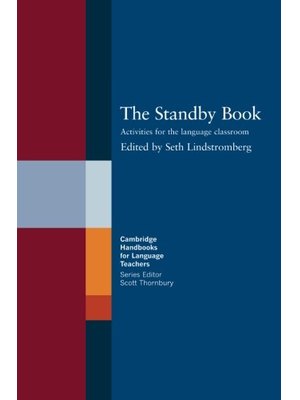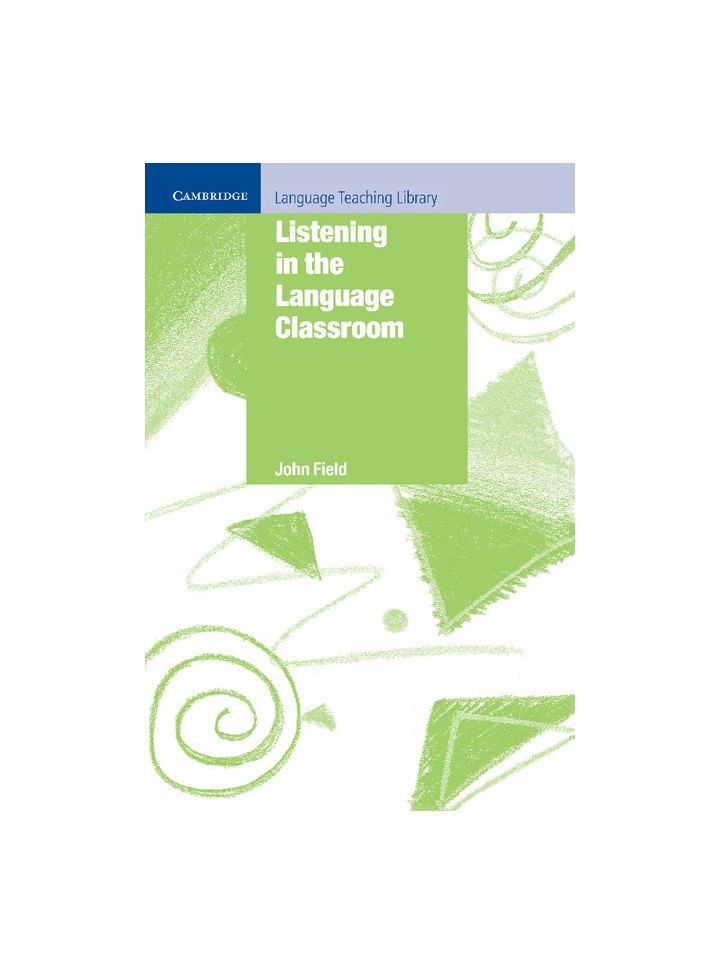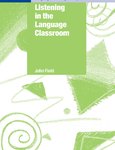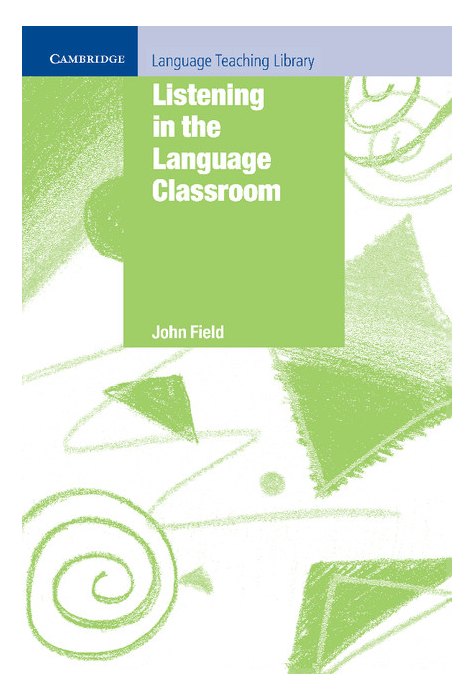
Listening in the Language Classroom
John Field
- Publicată în 2009
- paperback, 186 pagini
- Înalţime: 22.9 cm, lăţime: 15.2 cm, grosime: 1 cm, greutate: 290 g
- Cod: 9780521685702
- Disciplină: Limba engleză
- Alte categorii:
Clasificare > Editura > Cambridge
This book challenges the orthodox approach to the teaching of second language listening, which is based upon the asking and answering of comprehension questions.
The book's central argument is that a preoccupation with the notion of 'comprehension' has led teachers to focus upon the product of listening, in the form of answers to questions, ignoring the listening process itself.
The author provides an informed account of the psychological processes which make up the skill of listening, and analyses the characteristics of the speech signal from which listeners have to construct a message. Drawing upon this information, the book proposes a radical alternative to the comprehension approach and provides for intensive small-scale practice in aspects of listening that are perceptually or cognitively demanding for the learner.
Listening in the Language Classroom was winner of the Ben Warren International Trust House Prize in 2008.
Key features
- Critically examines the way that listening is approached in the classroom, and suggests ways in which the standard approach can be reshaped. This encourages teachers to question the prevailing methodology and to reflect on practice. Outlines an alternative approach that is more effective, more sensitive to learner needs and more related to real-life listening outcomes
- Provides a detailed and well-informed account of the nature of L1 listening and the ways in which L2 listening diverges from it providing the language teacher with a clear set of goals for listening instruction, and redresses a number of mistaken beliefs.
- Gives a detailed account of the nature of the speech signal and of the problems posed for those who encounter it as second language listeners. This enables the language teacher to identify more closely with the difficulties faced by the L2 listener.
- Proposes a new methodology for the teaching of listening based upon small-scale practice of target problem areas. It offers a more productive alternative to the standard methodology, one which focuses upon the process of listening rather than the product and one which produces better listeners rather than simply supplying more and more practice.
-

Limba modernă 1 - studiu intensiv. Engle...
42 RON
-

IELTS 20 Practice Test General Training...
243 RON 121 50 RON -50%
-

IELTS 20 Practice Test Academic Student'...
243 RON 121 50 RON -50%
-

Empower Starter/A1 Student's Book with e...
220 RON 75 RON -66%
-

Cambridge Primary Path Level 6 Activity...
193 RON 115 80 RON -40%
-

C1 Advanced 5 Student's Book with Answer...
276 RON 110 40 RON -60%
-

A2 Key for Schools 3 Student's Book with...
251 RON 100 40 RON -60%
-

Limba engleza. Manual L1 intensiv. Clasa...
42 RON
-

Business Impact 1.2 B1-B2 - Hybrid Editi...
165 RON 115 50 RON -30%
-

50 Ways to Include Learners with Dyslexi...
82 RON 57 40 RON -30%
-

Super Safari Level 3 Teacher's Book
260 RON 91 RON -65%
-

Hippo and Friends Starter, Flashcards Pa...
235 RON 105 75 RON -55%
-

Hippo and Friends 1, Flashcards Pack of...
235 RON 105 75 RON -55%
-

Hippo and Friends 2, Teacher's Book
250 RON 87 50 RON -65%
-

Hippo and Friends 2, Flashcards Pack of...
235 RON 105 75 RON -55%
-

Hippo and Friends 2, Audio CD
132 RON
-

Cambridge English Advanced 1 for Revised...
259 RON 129 50 RON -50%
-

Active Grammar Level 1 with Answers and...
190 RON 114 RON -40%
-

Active Grammar Level 2 with Answers and...
190 RON 114 RON -40%
-

Active Grammar Level 3 with Answers and...
190 RON 114 RON -40%

